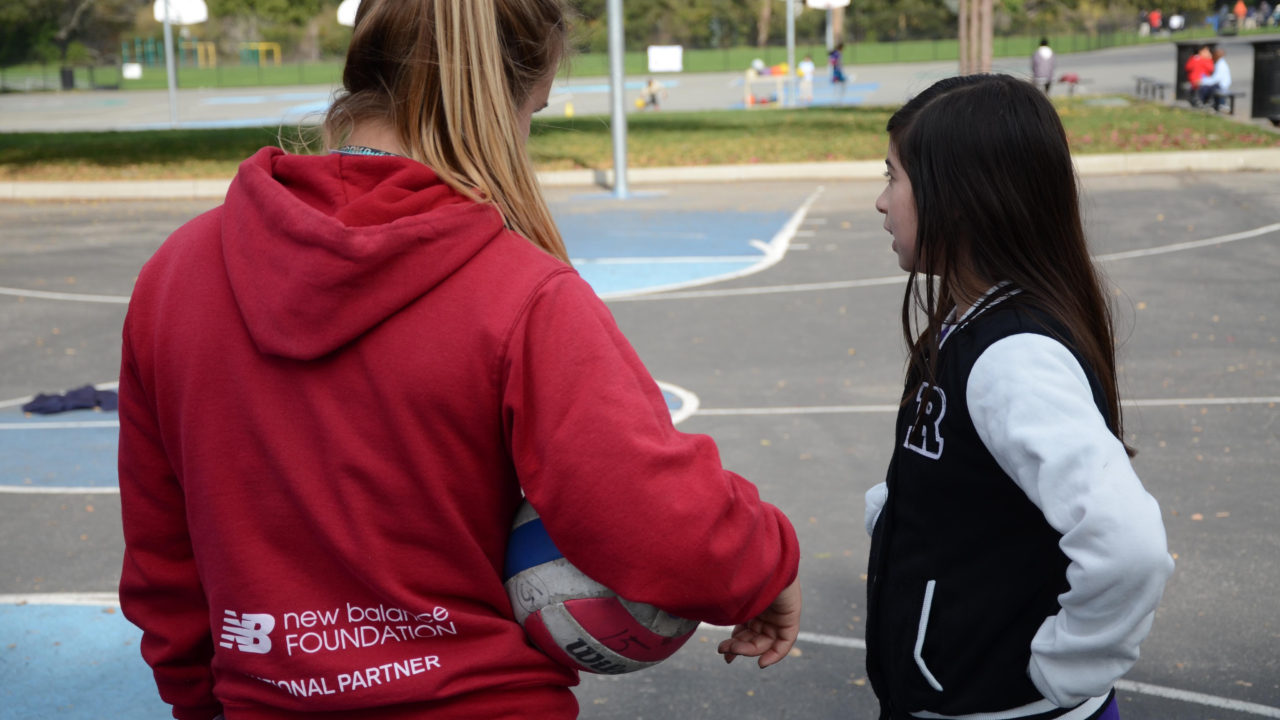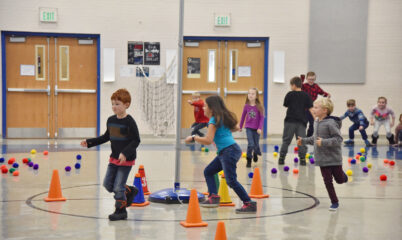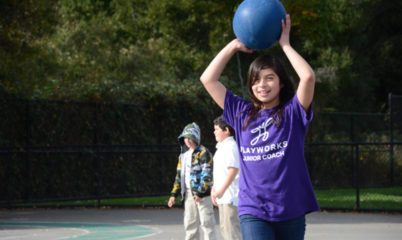A recent article in The Atlantic titled Nixing Recess: The Silly, Alarmingly Popular Way to Punish Kids addresses the all too common issue of withholding recess as a form of punishment. Coincidentally, Cindy, an educator who participated in a Playworks recess workshop, very recently sent us this question…
We are currently looking to eliminate two consequence practices that teachers regularly rely on, to serve minutes on the wall or stay in the classroom during recess. Can you tell me of some other alternatives that work beyond a verbal correction or warning?
Here is how Trainer Sean Keelan replied…
Hi Cindy,
The practice of withholding recess as punishment is a challenge I commonly see. Finding an alternate strategy that can stimulate a culture change requires consensus throughout the school community. If we all agree that there needs to be a change, we can work together to develop those alternative strategies.
It has been helpful for me to look at recess as another subject in the school day. When we take this perspective it's easier to resolve the challenge of staying in the classroom during recess. I have never seen a student kept in one subject as their class continues on to the next subject. Let’s not make recess the exception.
If we approach recess with the same importance as other learning opportunities and set the expectation that our students contribute to a healthy recess, then we should also schedule time to practice and learn what that this type of recess looks like, sounds like, and feels like.
To ensure that every student experiences recess every day, we must lay the foundation for healthy play. Recess is a dynamic place where we — adults and students — are constantly learning what it means to be respectful and inclusive. Just as we experience challenging behavior in the classroom, it is certain we will experience the same on the playground. Adults should respond with reasonable and rational consequences, and these consequences should reinforce respect and inclusion.
The consequence of simply sitting out may seem effective sometimes, but it misses a prime opportunity for students to learn healthy social behavior. What if this sitting out place instead turns into a reflection zone, a visibly designated space? And in this zone, students consider the specific behavior they must change to stay in the game. Then to get back into recess, the student must tell you and demonstrate the appropriate behavior.
Alternately, this reflection zone could be a path that kids may walk (or even run) while they reflect, but still must speak with a recess supervisor before returning to games.
Another option is that the student who misbehaves can become an incentive helper. For example, if a student is not practicing safe tagging, that student then becomes the safe tag spotter and gives high fives to students who are practicing safe tagging. This provides a leadership opportunity and allows the student to show that they recognize what safe tagging looks like.
These are just a few alternative consequence to sitting on the wall, and I know you may come up with even better ideas. Some consequences work well with some behaviors while others may call for different ones. Just remember with any consequence, ask yourself How does this actively support learning, respect and inclusion?
Playfully,
Sean
How do you create a culture that gives respectful and rational consequences?
Find six more alternatives to withholding recess as punishment here.



